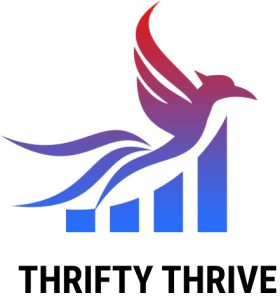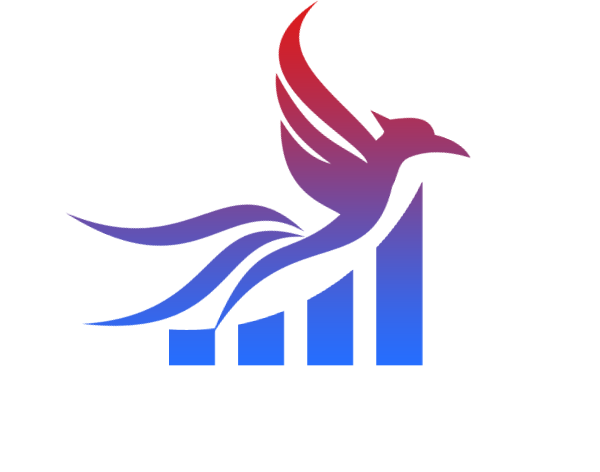Down Payment Strategies for Conventional Loans
- Content Writer
- August 18, 2023
- Conventional Loans, Mortgage and Financing Options
- 0 Comments
1. Introduction: The Significance of Down Payments in the Conventional Loan Framework
In the world of home buying, the down payment stands as one of the most vital steps toward homeownership. For conventional loans, it not only serves as your initial stake in your new home but also significantly influences the loan terms, monthly payments, and overall loan costs. In essence, your down payment can be a determinant of how much house you can afford, the interest rate you receive, and your financial flexibility in the years ahead.
2. Typical Down Payment Percentages: What They Mean for Borrowers
Conventional loans generally offer flexibility in terms of down payment percentages, but the norms hover around:
- 3% – 5%: Typically the minimum for first-time homebuyers. While it allows for easier access to homeownership, it often results in higher monthly payments and potentially the addition of private mortgage insurance (PMI).
- 10% – 15%: A middle ground. This range offers a better balance between the loan amount and the equity you start with, leading to moderate monthly payments.
- 20% or more: Often considered the gold standard. At this level, borrowers usually avoid PMI, secure lower interest rates, and have a significant stake in their property from day one.
3. Strategies to Save for and Manage Down Payments Effectively
- Budgeting: Allocate a specific amount each month to go directly into a down payment savings account. Automate these transfers to ensure consistency.
- Gifts and Grants: Many first-time buyers receive gifts from family to help with the down payment. Some local and state programs offer grants for eligible buyers. Always check the loan’s terms regarding gifts or grants.
- Explore Low Down Payment Programs: Institutions like Freddie Mac and Fannie Mae have programs that require as little as 3% down for eligible borrowers.
- Reduce Debt: Lower monthly obligations by paying off high-interest debt. This not only frees up money for saving but can also improve your debt-to-income ratio, a key metric lenders use.
4. Experiences from Borrowers
- Samantha (5% Down): “I was eager to move out of my rental, so I opted for a 5% down payment. While I’m happy in my home, the PMI does add to my monthly expenses. I’m working towards building more equity to eliminate the PMI sooner.”
- Carlos (20% Down): “I saved for five years to put down 20%. The absence of PMI and lower monthly payments have given me financial peace. The wait was worth it.”
- Nina (10% Down): “I struck a balance with 10% down. It was a feasible goal that allowed me to buy a home within my timeline without overburdening my monthly budget.”
5. Actionable Advice
- Analyze Your Financial Situation: Before deciding on a down payment amount, evaluate your savings, monthly expenses, and long-term financial goals. Consider using online mortgage calculators to see how different down payments might affect your monthly expenses.
- Consult a Financial Advisor: They can offer tailored strategies to boost your savings and provide clarity on how different down payment scenarios might affect your financial future.
- Stay Informed: Mortgage rules, market conditions, and interest rates change. Ensure you’re always updated to make the most informed decision possible.
In summary, your down payment is more than just an initial payment on your home; it’s a strategic decision that can influence your financial trajectory for years to come. Take the time to consider what’s right for your situation and leverage resources available to you to make an informed choice.


